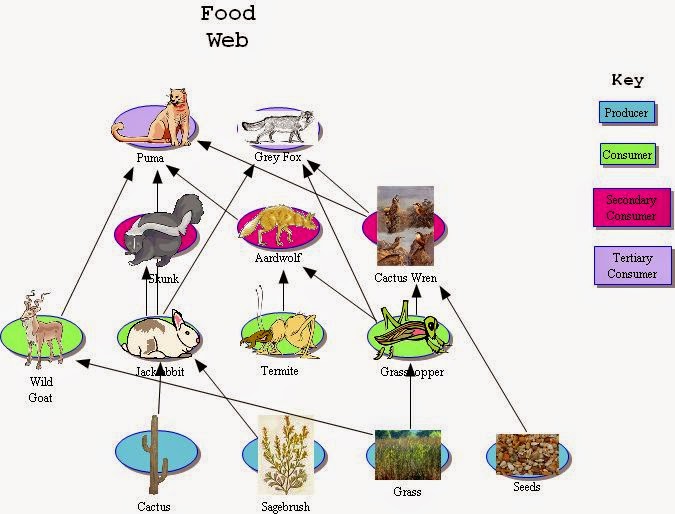The Mount Polly mine is an open pit mine that is primarily used for mining copper and gold from the Earth. The minerals that are for the most part mined are low grade ore which is pretty much metal "dust" that is hidden and scatterd in the rock. The materials that are mined in the mine are pretty important to our society and to a extent our daily lifes. The copper that is mined from this mine and mine alike it are used in a lot of the technologies because of its generally easy move my of electricity, you can find it in places as simple as phones, game stations, electricity wires in houses, to the cars that we drive. Gold on the other hand is valued pretty high in our society as a luxury item, and is generally used in jewelry and items as such. To our society these materials are very important to how our technology works to the finest riches that we find ourselves wanting to buy.
The mining of these two materials in this mine are pretty dirty processes, that can cause environmental problems. In a open pit mine the rock/Earth is dug out and piled further and further up out of the mine and is processed through a system that separates the rubble crime the ore. After the two are seperated the ore can go through two different process to get the metal out of the rock. In the case of this mine it uses the chemical way of extracting the metal from the rock. This chemical extraction process involves the use of sulfuric acid and other very strong dangerous chemicals that can't easily be gotten rid of. These extraction and processing methods can cause some pretty serious environmental problems such as insane water stress, land loss, killings of animals, and the loss of precocious wild land. These types of environmental degradation can cause the killings of thousands of fish and serious health issues for local wild life and humans, damage to the waters acidity levels, and the destruction of needed wild forest lands. The mining techniques used by mining companies can cause serious problems to the enviroment and its local animal population.
(Picture of local water in the area that is contaminated)
The enviromental impact of the spill was a disaster on the local area and the people living there, but due to the disaster the company responsible for the spill had taken action in trying to fix the problem. In a recent interview a company spokesperson said (British Columbia,Spokesperson) " Our first priority was, and continues to be, the health and safety of our employees and neighbors. We are grateful no loss of life or injury, or personal property damage occurred due to this event. We are deeply concerned and are working to mitigate immediate effect and understand the cause of the breach." The company also has a plan for the spills damage and proceeds as fallows, provide water management structures to improve the quality of water flowing, reduce potential for re-mobization of tails nigs and sediments that were deposited or exposed by the TSF breach, and to minimize and control flows from the TSF and re-direct these flows to Springer pit. In the state of Alaska their are multiple federal environmental laws and state laws that go with the situation. The first is The Comprehensive Environmental Response, Compensation, and Liability Act (CERCLA), which pretty much details
a cleanup process of hazardous substances that must be cleaned up. Secondly there is also the DEC solid waste regulations, that govern the storage and disposal of solid wastes. Because of the recent shut down on the mine because of the spill it will have a negative effect on the market since no product is being produced, and not to mention there will be a lot of political debates on wether the mine should remain because of the spill. This spill has also effected a lot of the local people around the are and might cause an uproar of people wondering why there was a breach.
This mine has had a large effect on the local area as it has poisoned the water and caused some major effects on the local environment. It is however a good sight to see that the company does hve a plan for fixing the spill and reducing its impact further on the area. Open pit mining.is a ugly thing for the enviroment and the eye as it can cause some bad problems if not treated carfully. Even though the metals that are mined in places like these are importnt there must be a safer way to mine them that woont effect the area in such a bad way. The Mount Polley Spill is a big problem for the local enviroment and the animals that live near the problem.
Links/Sources:















